Real garden: enjoy this timeless cottage garden created on a budget
With a limited budget, but lots of hard work, Mary Cox has created the perfect cottage garden to complement her pretty thatched home
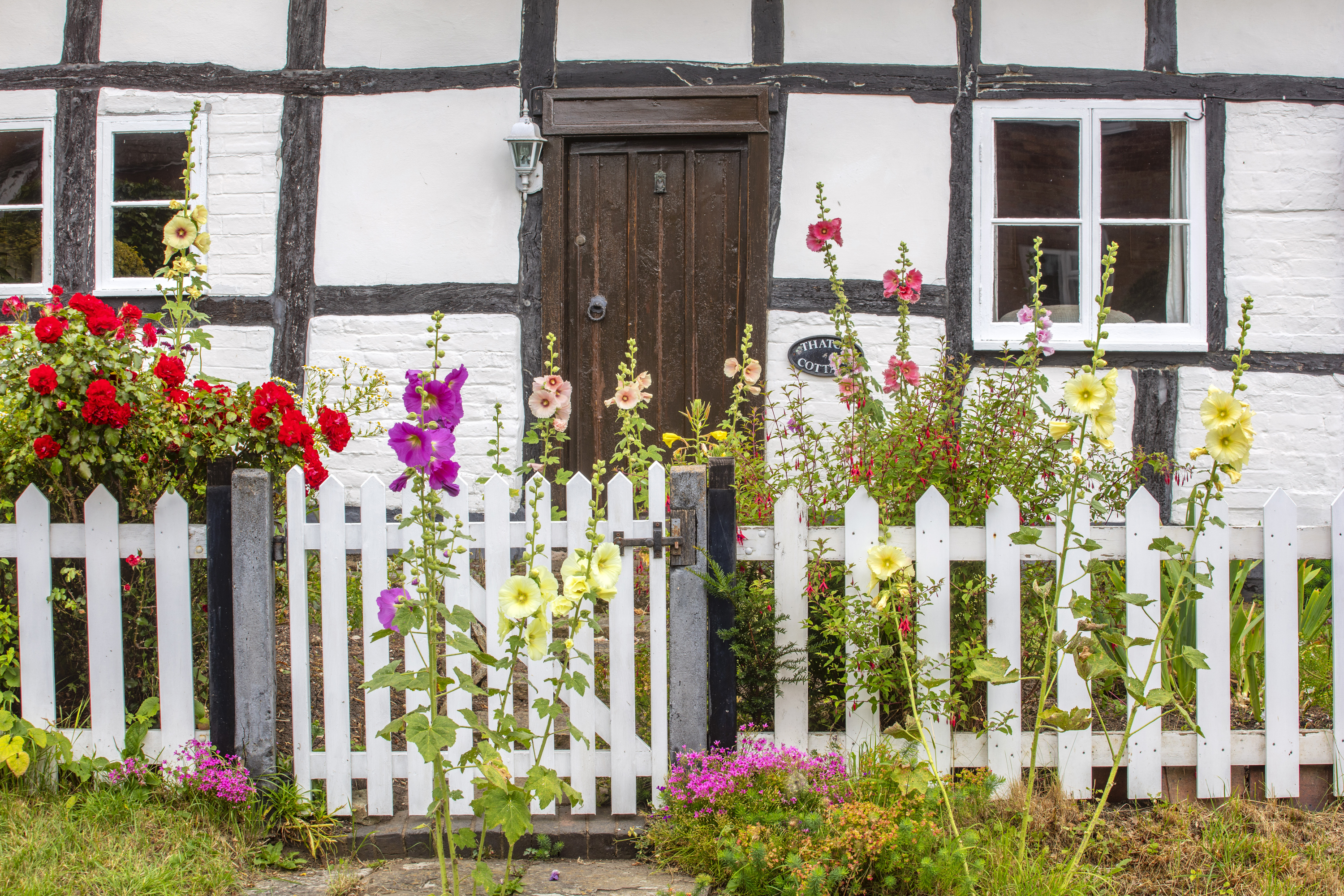
The cottage garden surrounding this pretty Grade II listed cottage, flanked by hollyhocks and roses, makes it look every inch like a picture postcard. Little has changed of Thatch Cottage in Crowle, Worcestershire, since a photograph taken 100 years ago. The garden, however, is a different story.
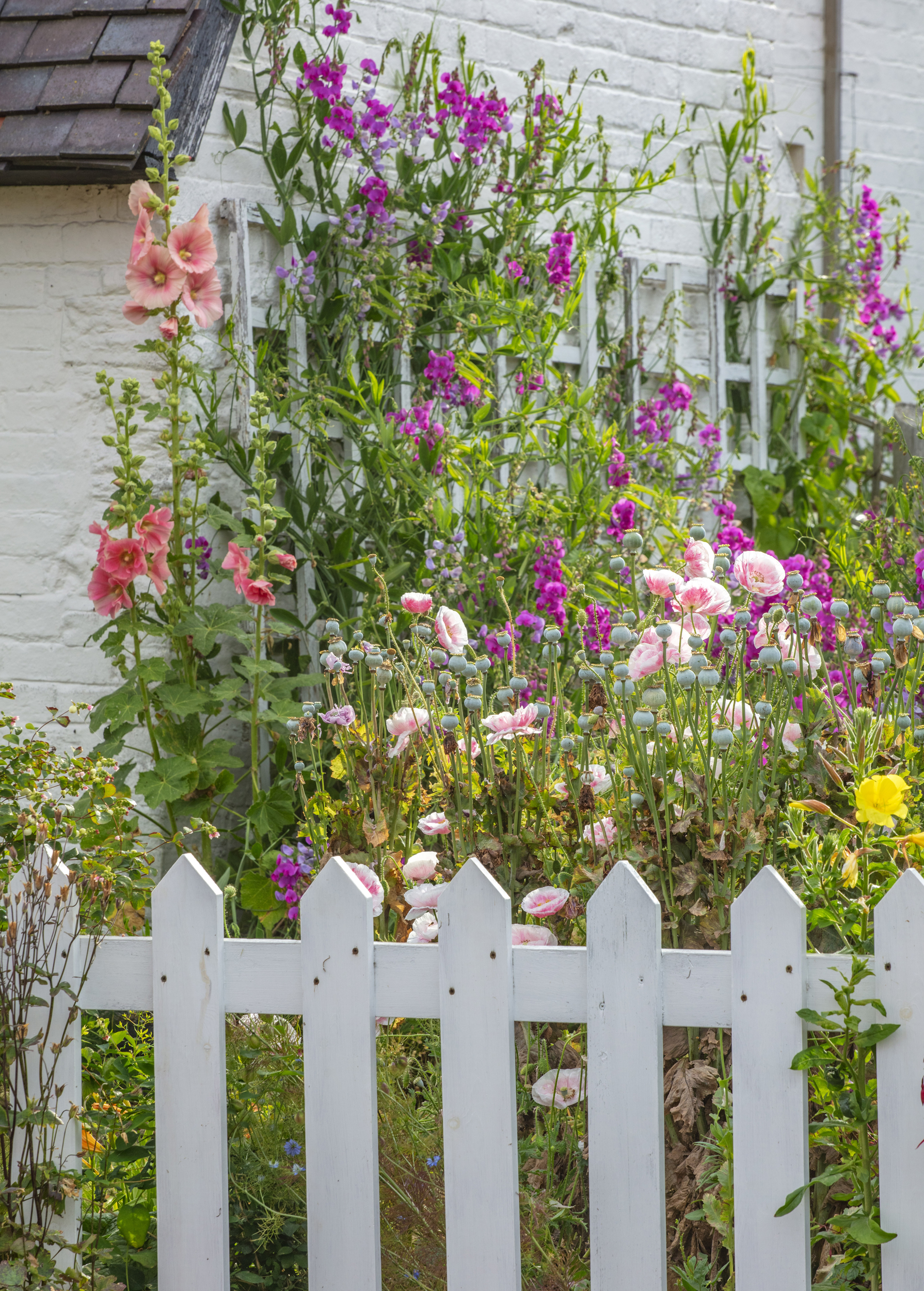
Framed by a white picket fence, the front garden is filled with cottage garden favourites, including hollyhocks, climbing sweet peas, poppies and evening primrose
When Mary Cox bought the cottage in 1994, she had a daunting task ahead of her: the builders who had lived in the property before her had used the third of an acre plot as a dumping ground. ‘A neighbour told me that a number of people viewing the house had commented that they would not consider buying the property due to the state of the garden,’ she laughs.
Read on to find out how Mary transformed the neglected plot into the perfection of a cottage garden. Visit our gardens ideas page for more advice and inspiration, and find inspiration in our cottage garden ideas guide.
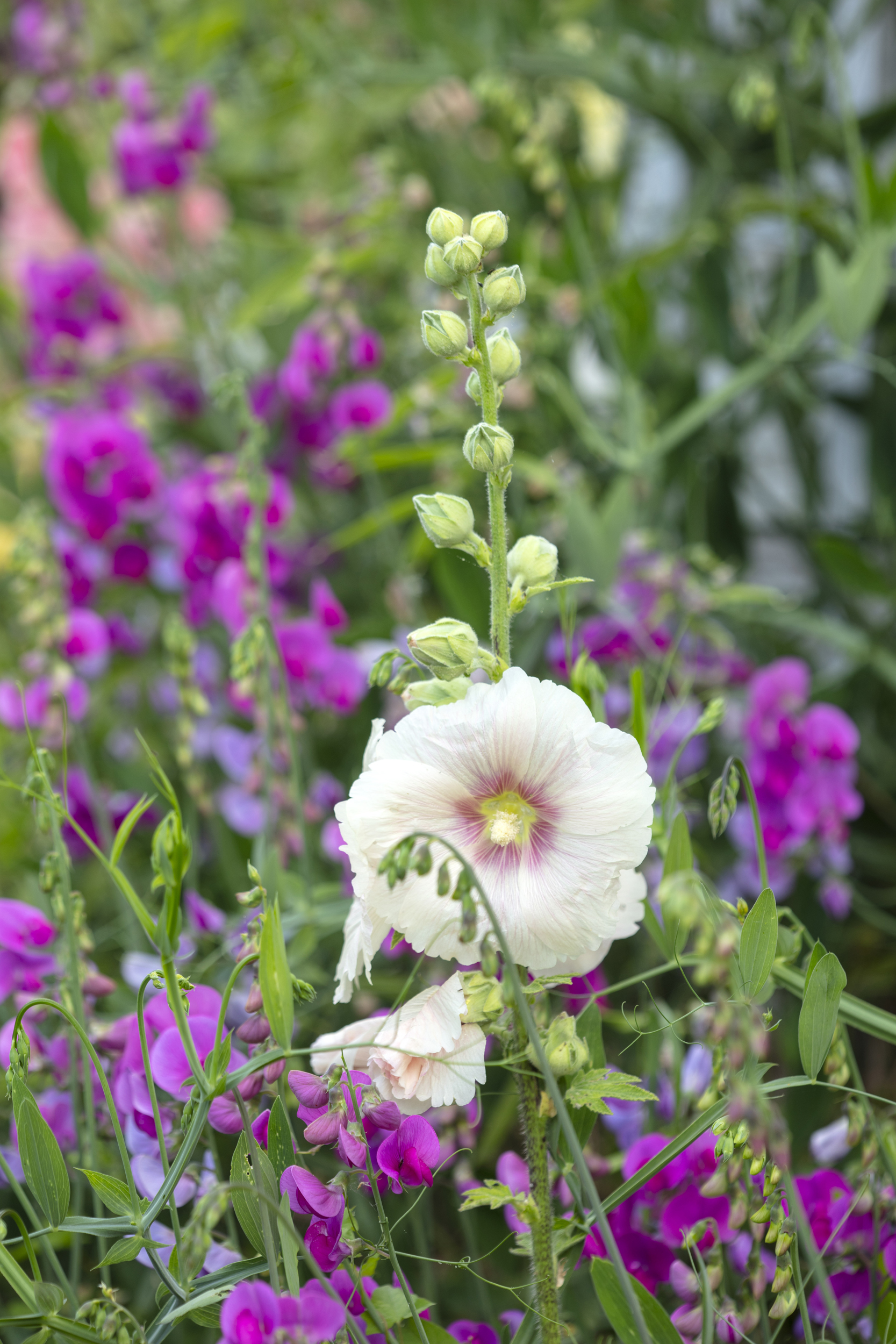
Creating a cottage garden on a small budget
Undaunted by the amount of work involved, Mary began to create a garden to complement the tiny cottage. There was a small orchard of apple and plum trees at the end of the garden, which was essentially the starting point. ‘The rear garden probably housed a pigsty and stable in years gone by,’ explains Mary.
The garden is screened on all sides by large trees and Mary planted a yew hedge at one end to add to the sense of enclosure. She steadfastly undertakes all gardening tasks herself.
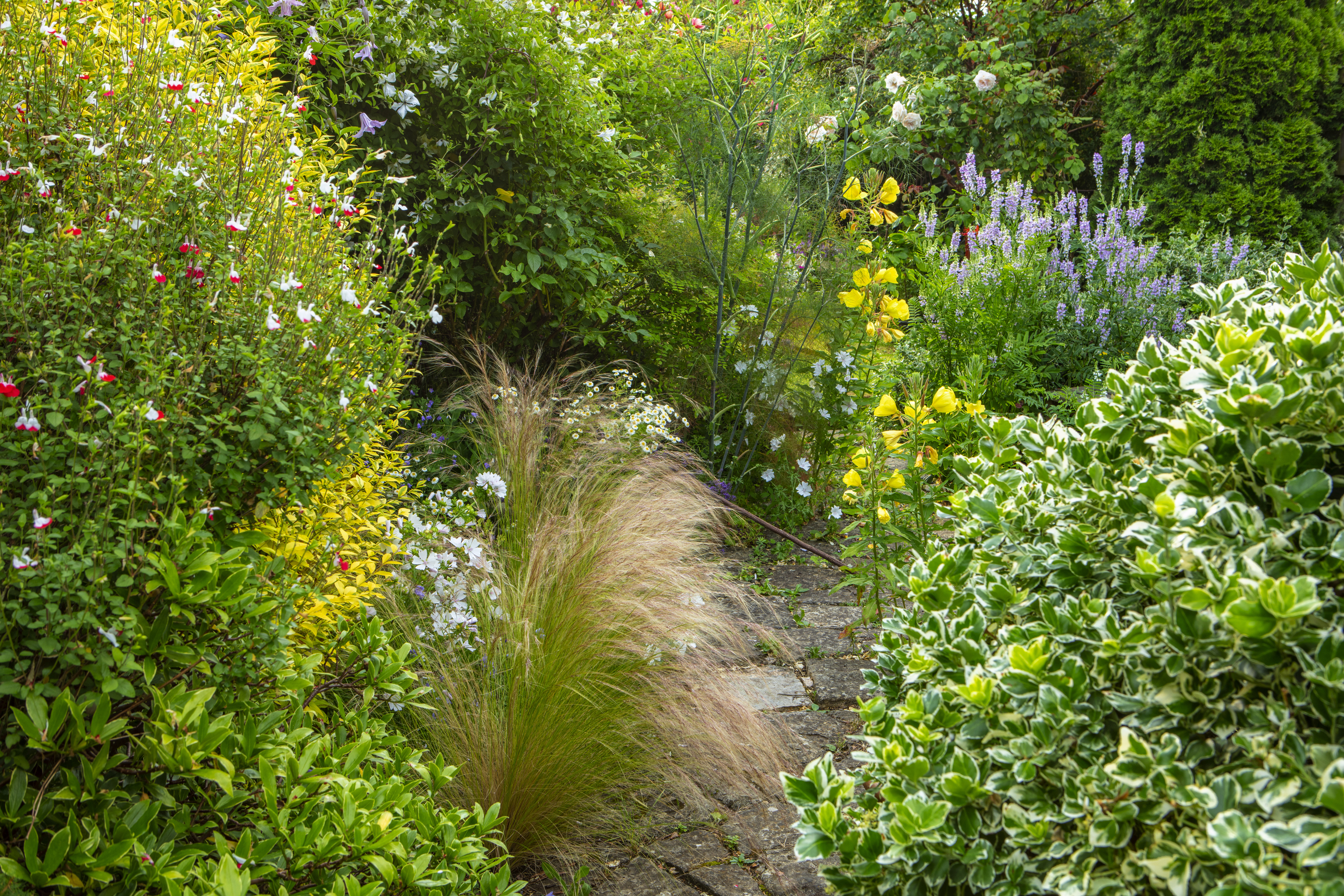
A path made with repurposed slabs that Mary uncovered when creating the garden, winds through borders teaming with a variety of shrubs and plants, such as feathery grass Stipa tenuissima, evening primrose, bushy perennial Galega officinalis and salvia
Despite a limited budget, Mary’s garden has evolved through sheer hard work and a creative imagination. Slabs that were found in the garden have been creatively repurposed as paths; hidden flagstones used to create a seating area; and many plants propagated from seeds and cuttings.
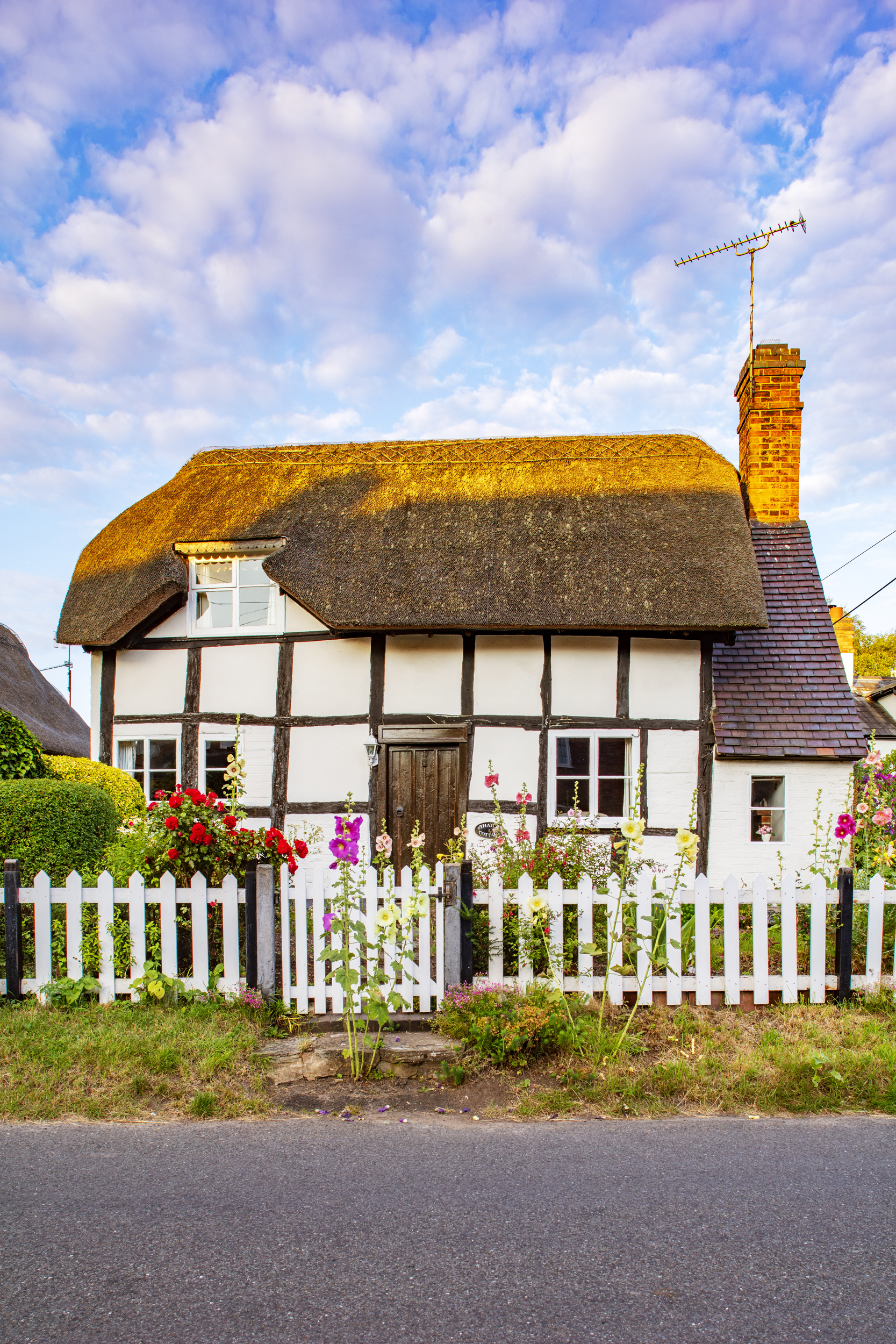
The garden of the Grade II-listed Thatch Cottage was filled with rubble and building materials when Mary bought the property in 1994, but she had the vision and determination to create an outdoor space that would perfectly complement its charm
Cottage garden floral medley
The front garden is cottage-style perfection, with a towering rainbow of hollyhocks, sweet peas and poppies surrounding the quaint black and white thatched cottage. The pretty pink flowers of Hydrangea macrophylla shrubs planted in half barrels are shown off against the white wall of the cottage.
Get small space home decor ideas, celeb inspiration, DIY tips and more, straight to your inbox!
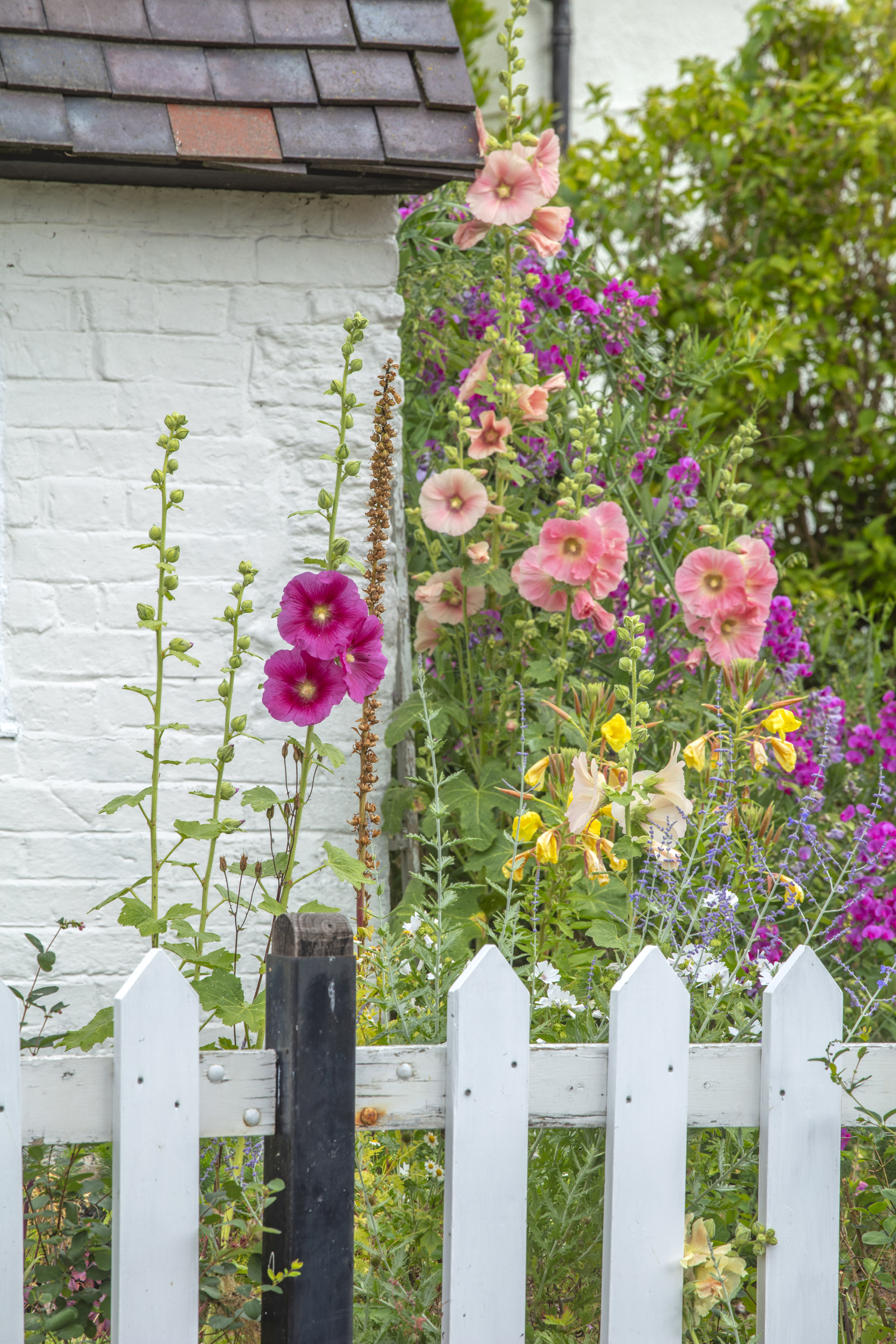
Fragrant deep pink sweet peas are balanced by paler hollyhocks in the front cottage garden
To the rear of the property, a sunny patio directly beside the kitchen door is surrounded by the apricot Rosa ‘Lady of Shalott’ and pale purple Clematis ‘The President’.
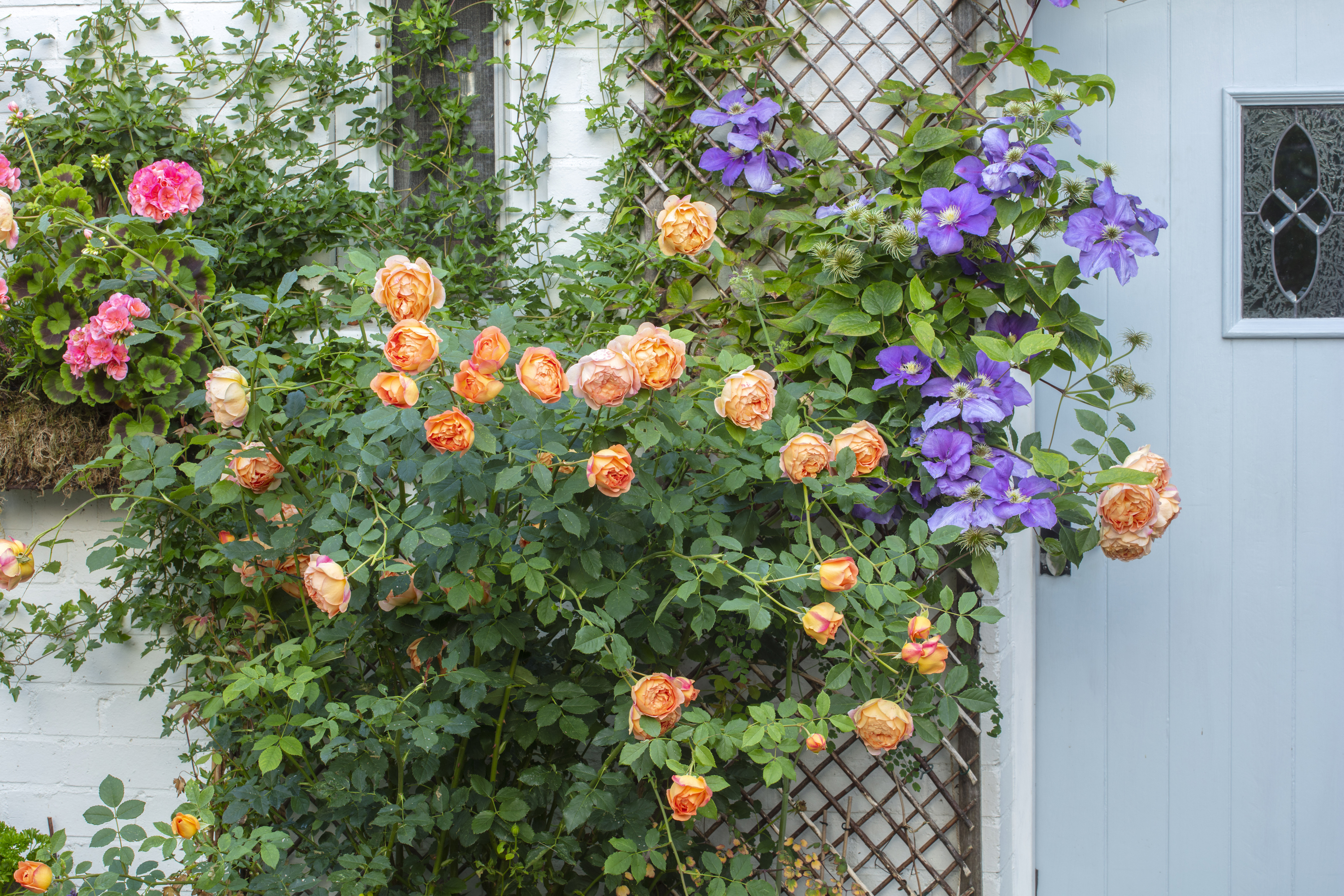
The climbing ‘Lady of Shalott’ rose and ‘The President’ clematis scramble up a trellis beside the kitchen door
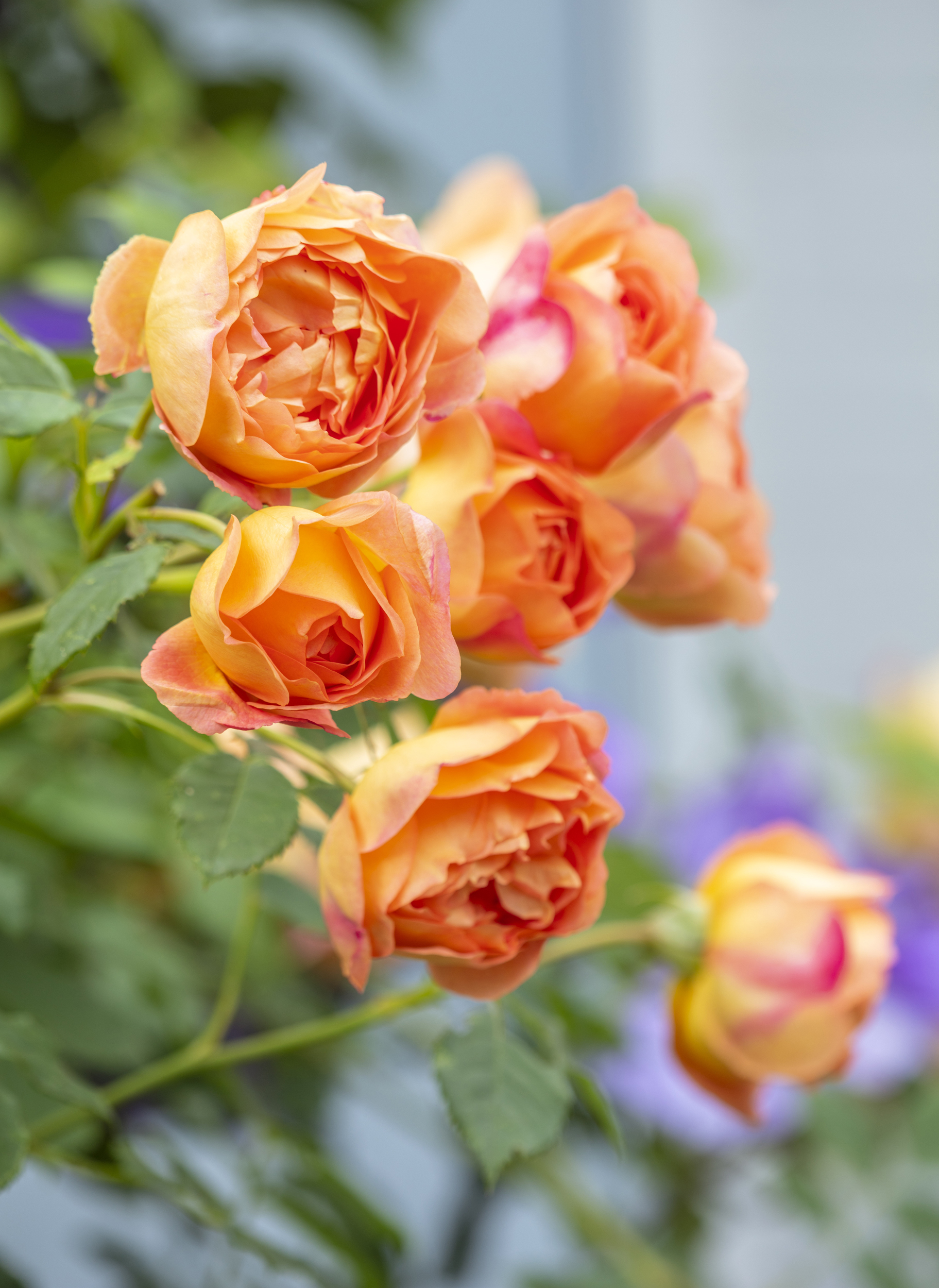
The rich orange-red petals of David Austin rose 'Lady of Shalott' have a delicate tea fragrance
The rear garden winds through archways smothered in clematis, with abundant borders spilling with cottage garden favourites, such as white phlox, Cambridge blue Nigella damascena love-in-a-mist, yellow Oenothera ‘Crown Imperial’, evening primrose, and pale purple nepeta, catmint.
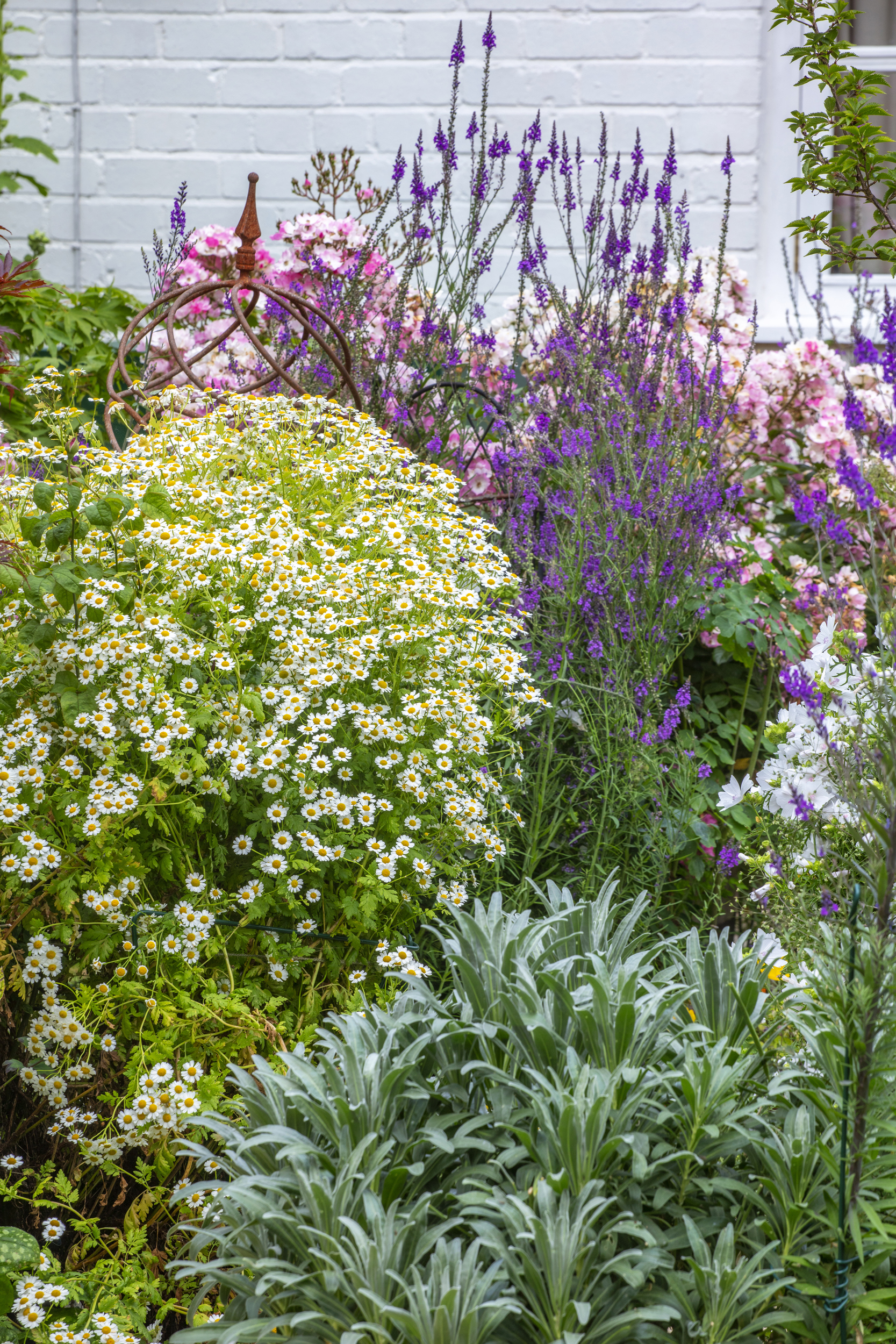
A border by the 17th century thatched cottage is planted for colour and texture
A centrally positioned greenhouse is arranged for work and pleasure, with a careful display of succulents housed on shelves and a separate area dedicated to seeds and cuttings destined for the borders of her cottage garden.
Propagating plants
The patio is overlooked by two or three Japanese maples, one of which Mary propagated herself.
Mary's tips for propagating
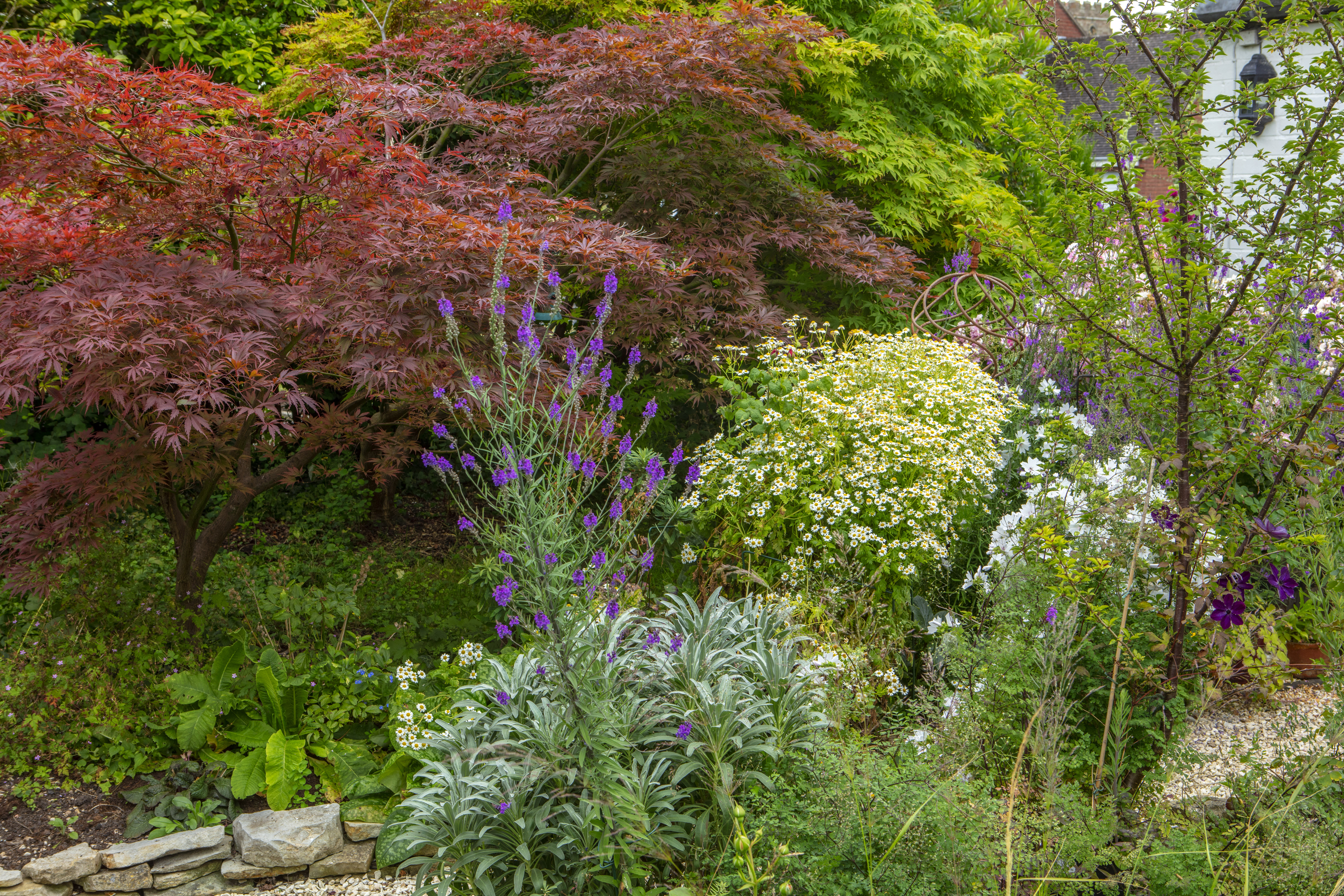
1. Collect seeds from flowers and vegetables and store them in a dry place.
2. Sow your seeds in pots in March and keep away from frost in a greenhouse or on a windowsill. Plant out once the threat of frost has passed.
3. Take softwood cuttings from healthy plants by snipping above a leaf node, then place the cutting into compost and cover with a plastic bag – seal it with a rubber band. Be sure to remove the plastic bag if it gets condensation, however, as this will rot the seedling.
4. Once the seedling has grown new shoots you can move it into a larger pot before planting out the following spring.
‘I took a seed off a tree at Westonbirt Arboretum in Gloucestershire and planted it in a pot 28 years ago,’ she reveals.
In fact, Mary has grown many of the plants in her cottage garden either from seed or from cuttings, and delights in being in the garden as much as possible. ‘I’d much rather be outside, listening to birdsong and pottering in the greenhouse,’ she says.
‘I propagate everything and anything,’ says Mary cheerfully. She tiled the greenhouse floor herself, using church floor tiles dug up from another part of the garden, which had been left by the previous builder owners.
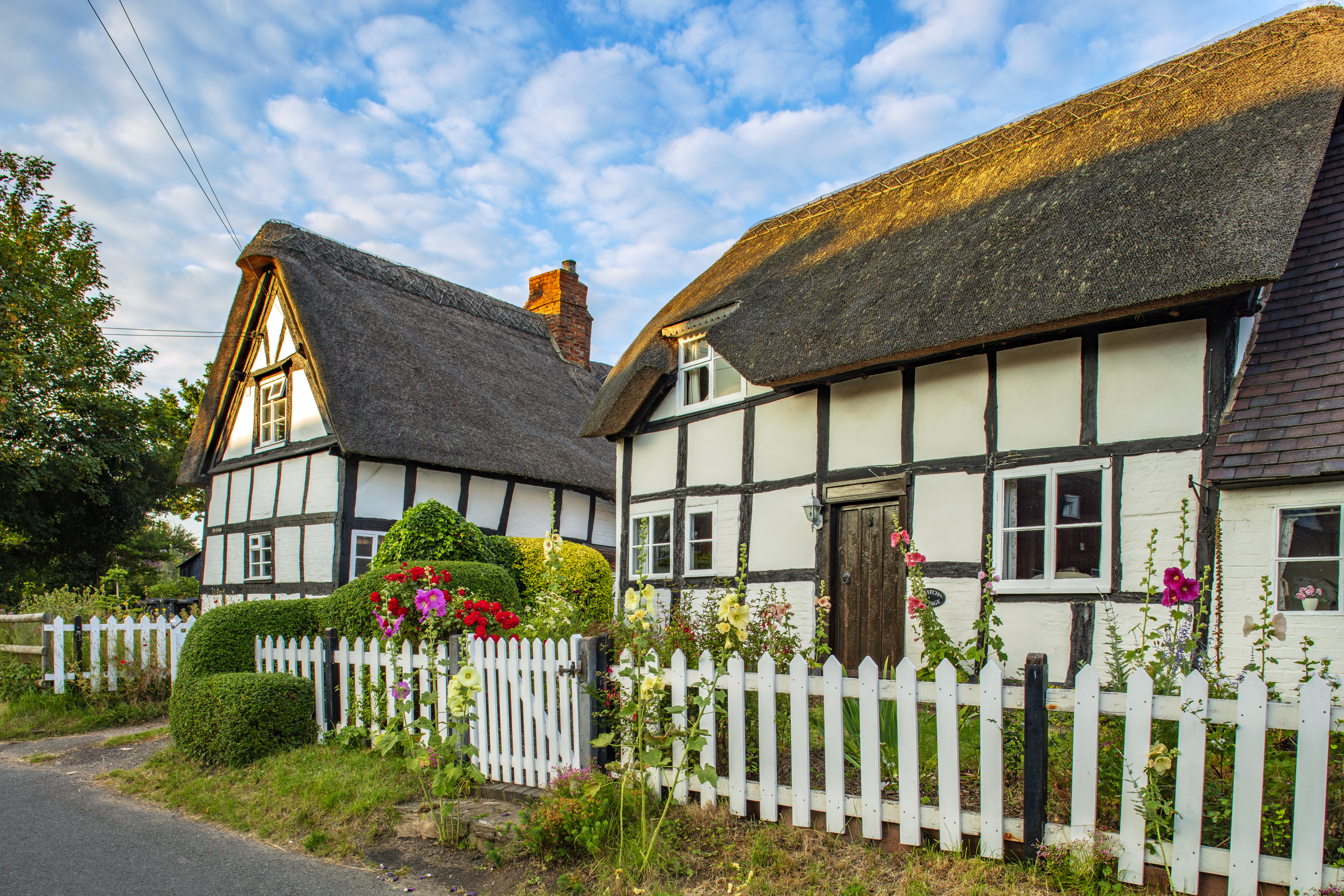
The 17th century thatch cottage has changed little over the past few hundred years
A garden of texture and form
On the sunny south side of the cottage garden, where Mary discovered hidden flagstones, she created a seating area, surrounded by potted trees in autumnal shades, including Acer palmatum, Japanese maple, and Cercis canadensis ‘Forest Pansy’. Nearby, the rich-yellow David Austin rose, ‘Graham Thomas’, scrambles through shrubs.
Another pretty rose, ‘Pink Pearl’ is a favourite of Mary’s, ‘although you can no longer find this variety, which used to be much loved by flower arrangers,’ she laments.
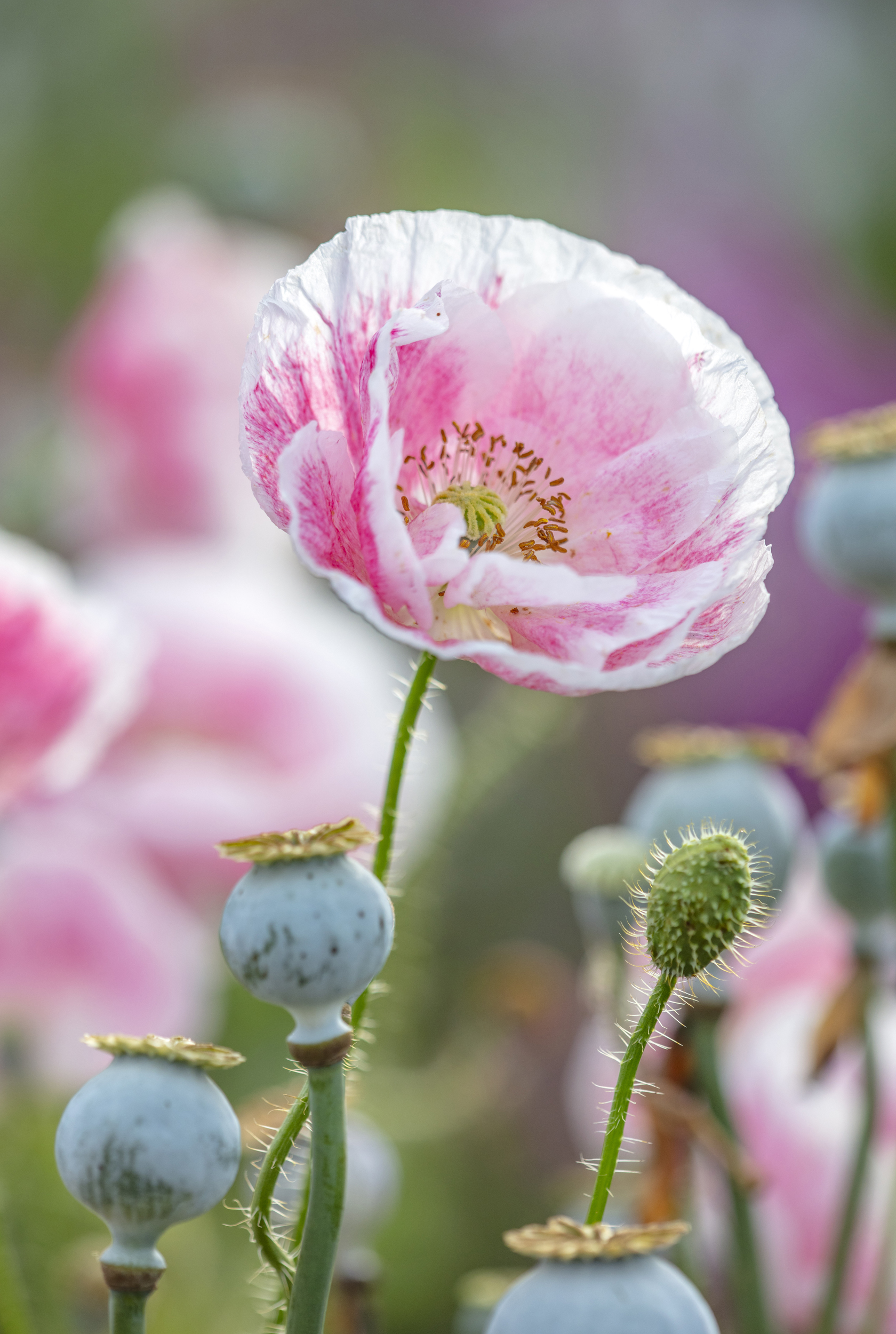
Pink poppies fill the front garden, gently self seeding and reappearing year after year
Fruits and flowers
In the orchard of her cottage garden, Mary grows raspberries, runner beans and peas in a rectangular vegetable bed. ‘The raspberries have really spread from the original single cane I started with,’ she says happily.
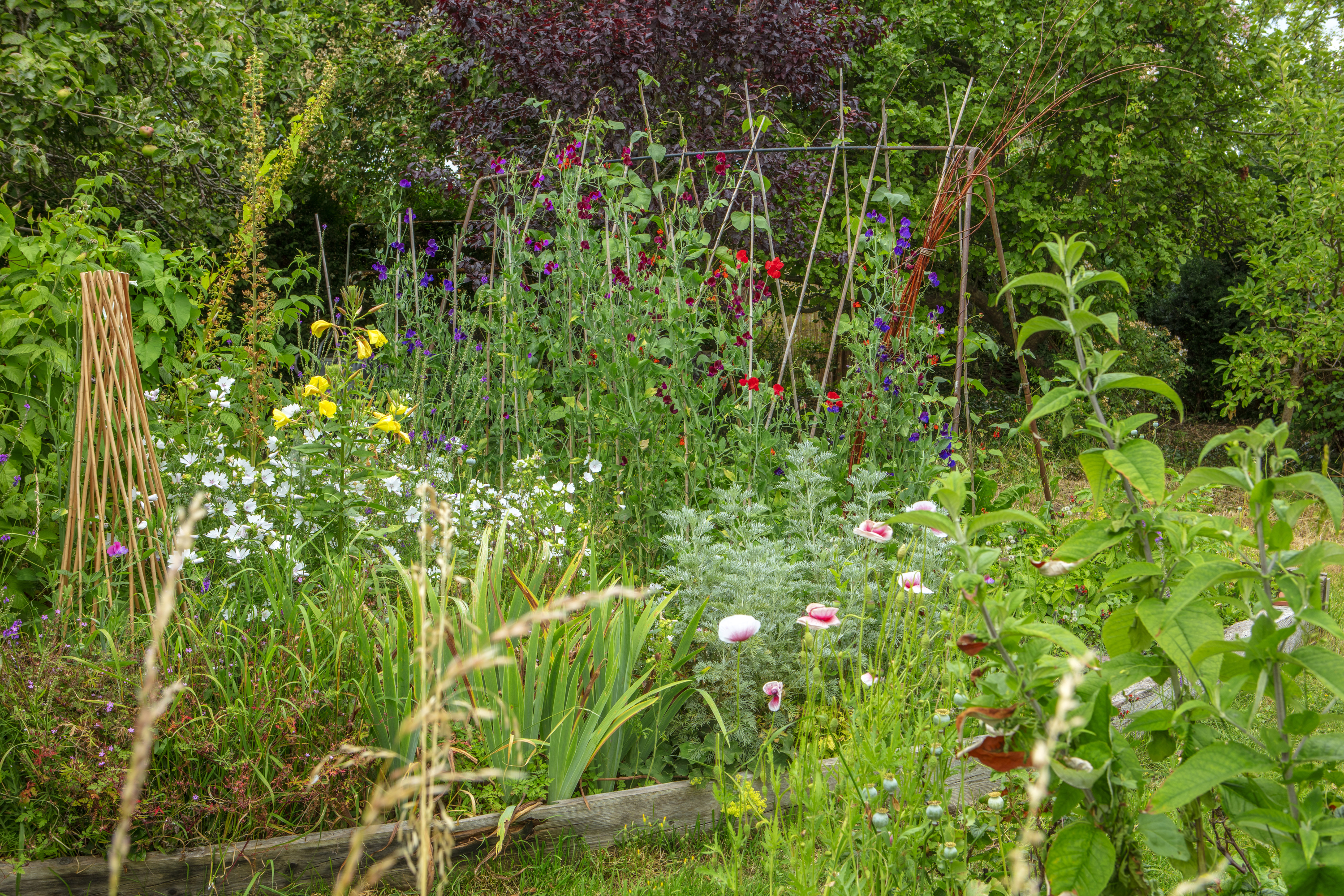
Raised beds in a small potager in the cottage garden are planted with a mix of fruits, vegetables and flowers, including sweet peas, poppies and Oenothera macrocarpa
All her vegetables are grown using seeds collected from the previous year. ‘I usually sow the seeds in pots in March, and then plant them out after the threat of frost has passed.’
Beneath the apple trees is Mary’s orchid collection, housed on decorative metal shelving. ‘The orchids are taken outside in the summer but I bring them inside in September before the first frost,’ she says.
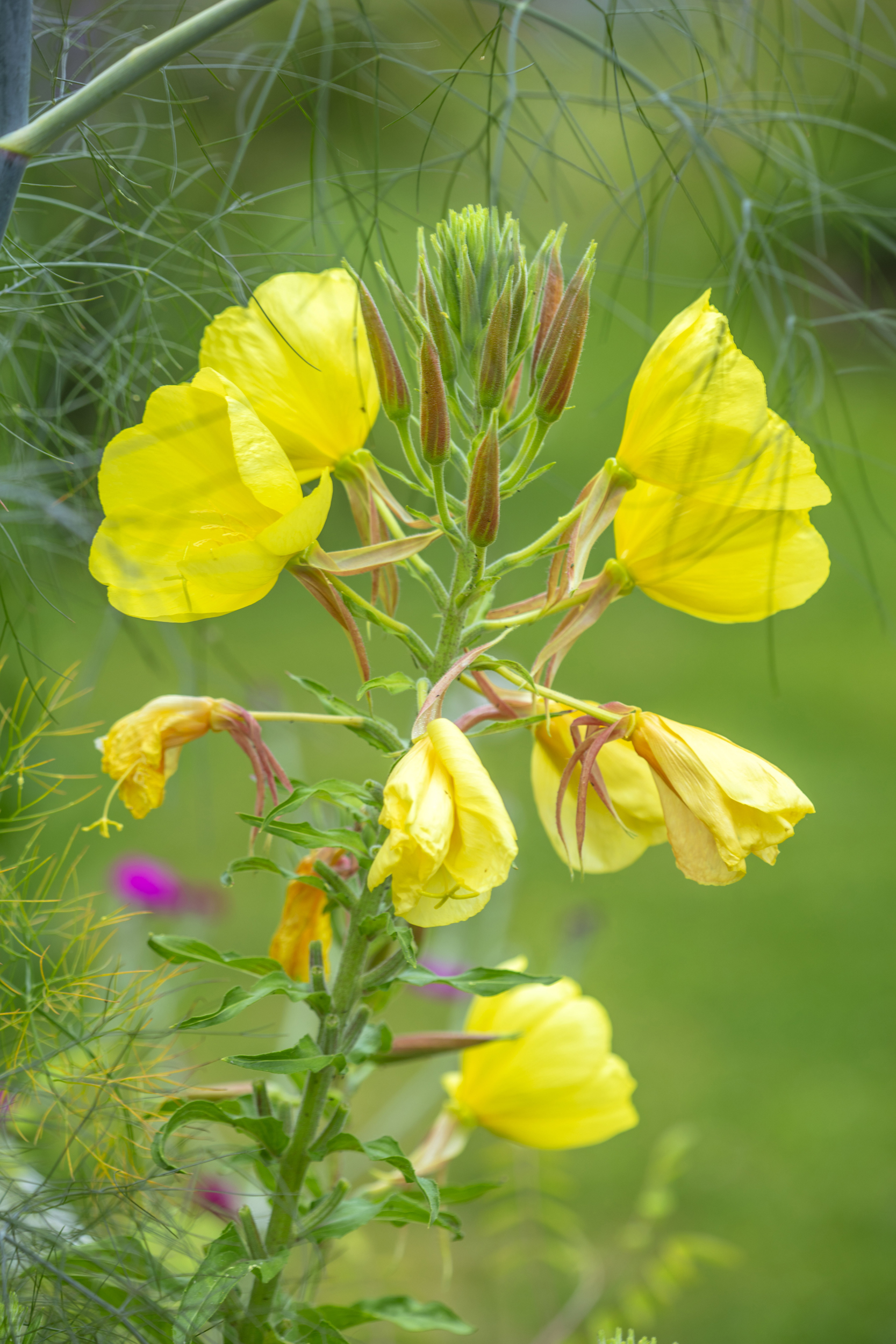
The sunny yellow flowers of Missouri evening primrose
‘The garden has been a saviour,’ says Mary, whose determination and hard work has brought the reward of a heavenly, tranquil cottage garden. ‘Working outside among nature enables you to enjoy your natural surroundings. I love seeing so many birds, butterflies and bees. I have found gardening keeps you happy and allows you to forget all the negative things in life.’
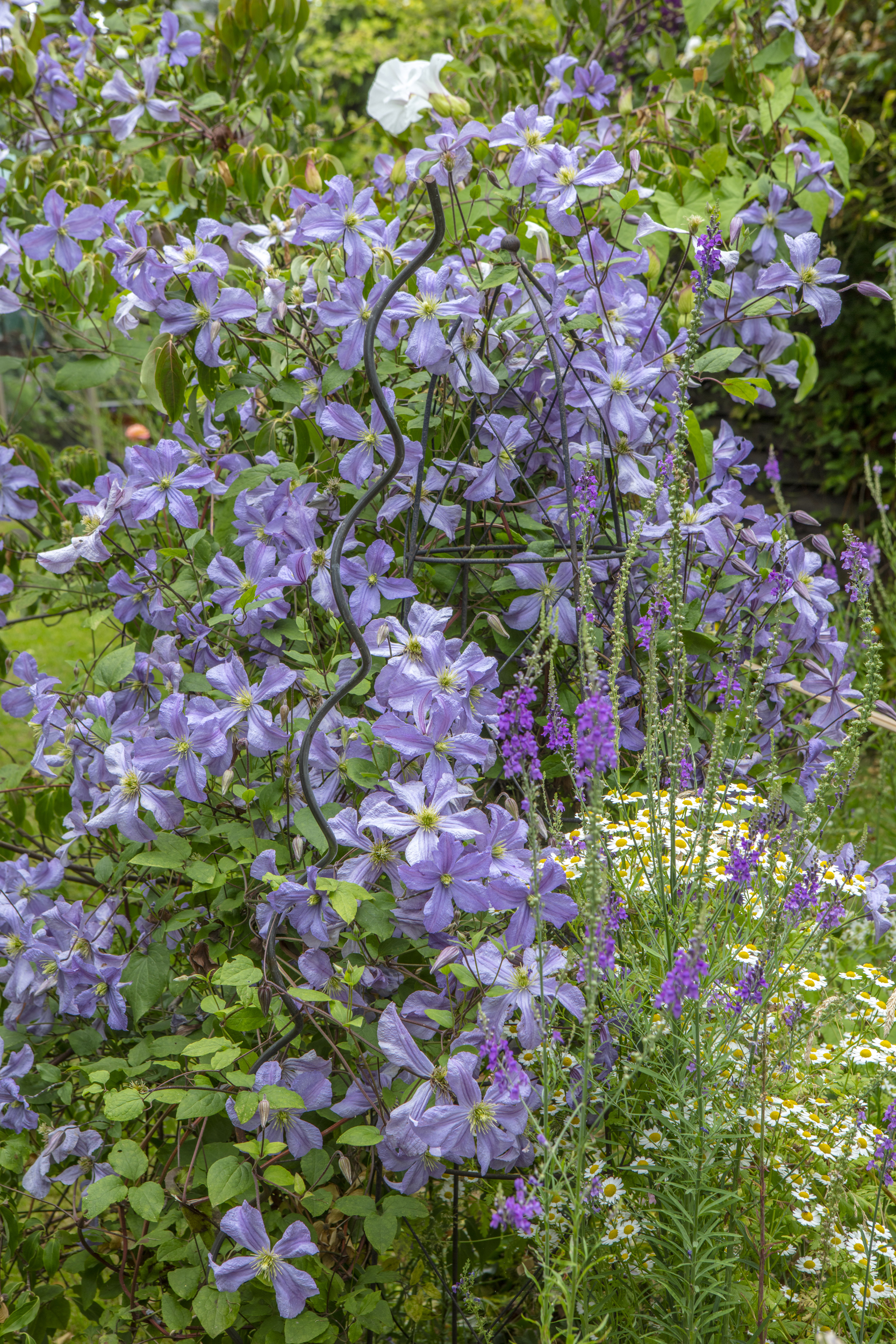
Pale blue clematis flowers scramble up a support and open to the sunshine
More gardening advice
- 9 wonderful English country gardens
- An award winning cottage garden
- Organic gardening: how to create a successful organic garden